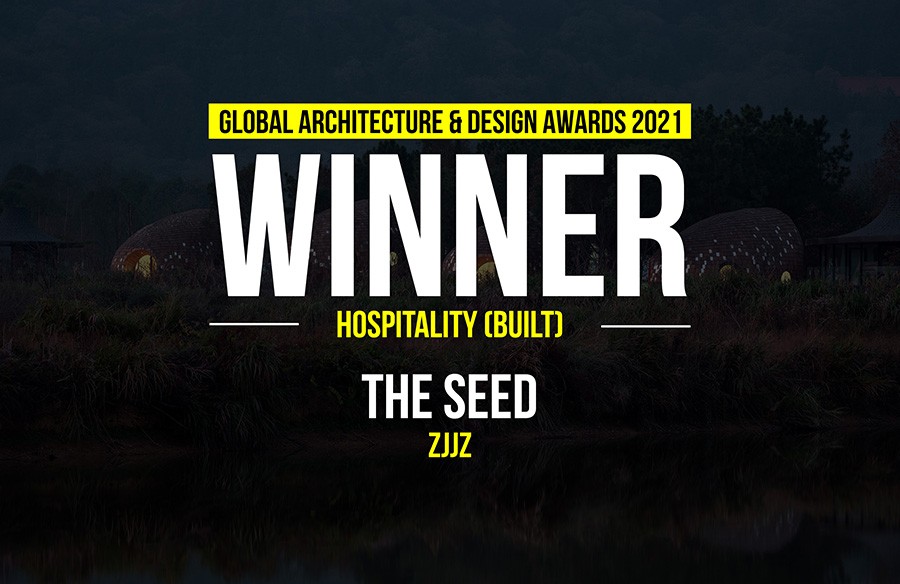Aimed at promoting the preservation and protection of our natural habitat, Archasm held a competition calling for proposals from all over the world for the design of a wilderness pavilion in the Amboseli National Park –Kenya. The Circle, was our effort to create an eco-sensitive pavilion that instills a sense of empathy in mankind for his surroundings.

Architects: Karran Kumar, Disha Shetty
Location: Amboseli National Park, Kajiado County, Southern Kenya, East Africa
Status: Concept (Competition)
Amboseli National Park, located in Kajiado County, Kenya is a protected wildlife park i.e. 392 km2 in size at the core of an 8,000 km2 ecosystem that spreads across the Kenya-Tanzania border. Crowned by Mount Kilimanjaro, Africa’s highest peak, the Amboseli National Parks is one of Kenya’s most popular parks. Amboseli National Park offers some of the best opportunities to see African wildlife because the vegetation is sparse due to the long, dry months. The park is famous for being the best place in the world to get close to free-ranging bush elephants.
The Circle is, in a way, Mother Earth’s eye looking upon her children on land. As her most gifted children, it becomes our responsibility to care, educate, and bring awareness to those around us about the wellbeing of our co-habitants – the flora and fauna.

The Circle is situated at the foot of the Observation Hill and aims at bringing a spatial experience of being grounded to our roots while enjoying nature in its most raw form. This underground pavilion replicates the context in terms of material and becomes a part of the hill itself. The external water pond and bird feeders along the internal wooden ramp become attraction points for wandering animals and birds, thus inviting them to this space. This allows visitors to catch a glimpse of candid moments of these majestic beings up close.

The Circle, additionally, serves as a landmark for the Maasai tribe living in and around the park, allowing them to gather, express and exchange knowledge with tourists visiting this spot. Locally available recycled basket weave tied to bamboo forms the roof. A wooden access ramp extends to 3.5 metres below the ground. The interior spaces have minimal use of materials, with walls being made out of compacted earth and floor being the natural ground with grass. This creates an experience in itself for the user, allowing him to connect with nature in a subtle yet effective way. Rocks have been placed on clearings made on the grass that can be used for seating. These clearings also become a space for the local people to exhibit their workmanship.
This design proposal won us the runner up position amongst over 200 entries
Next Post
LB House by SOEK’ Arquitetura
2 Mins Read





